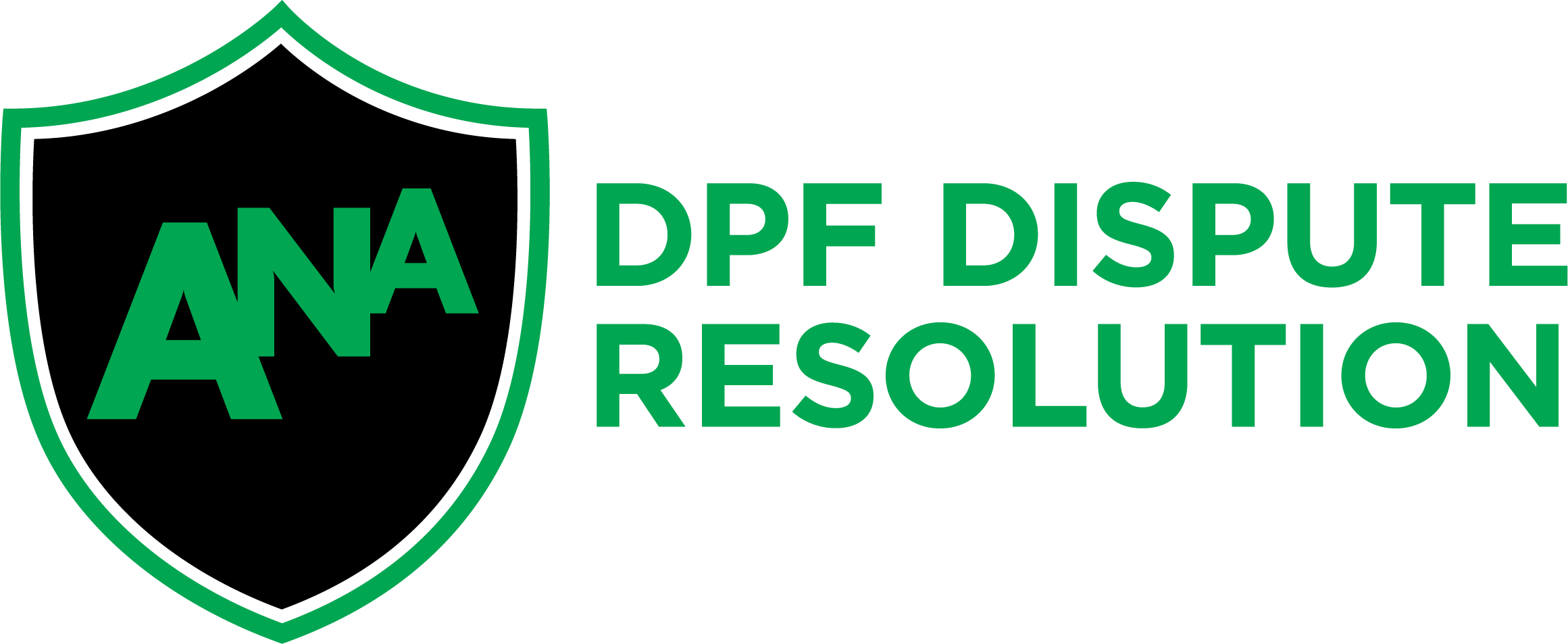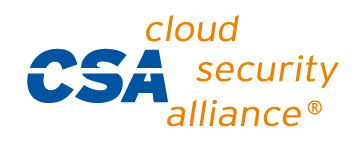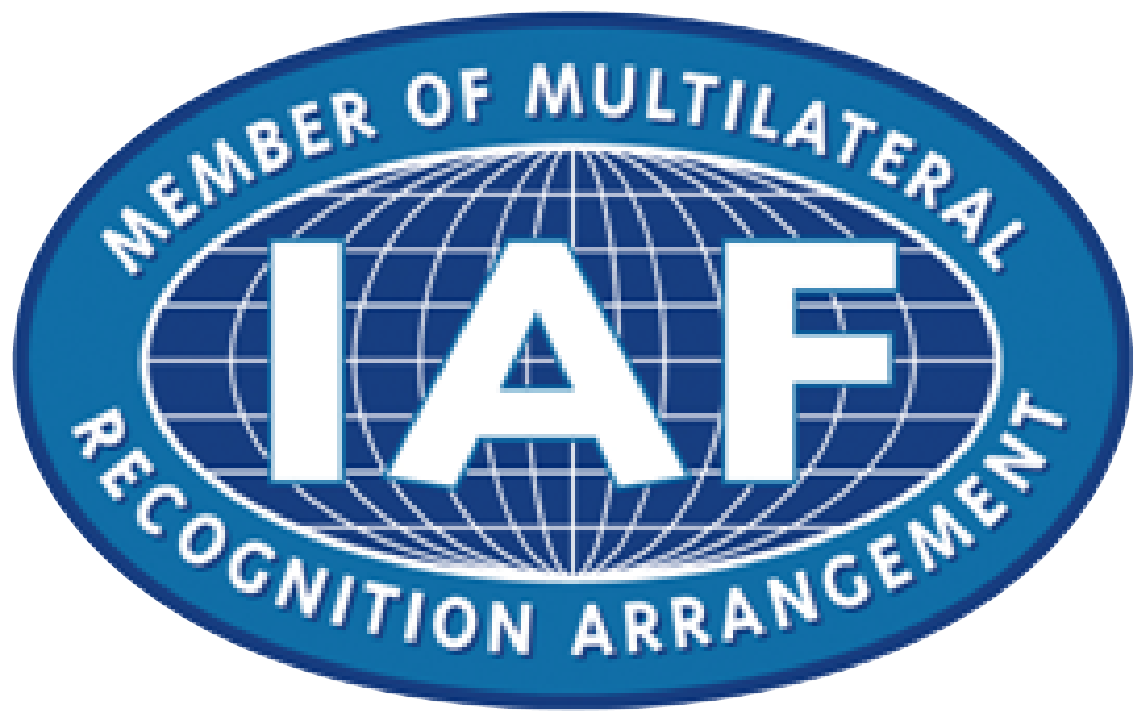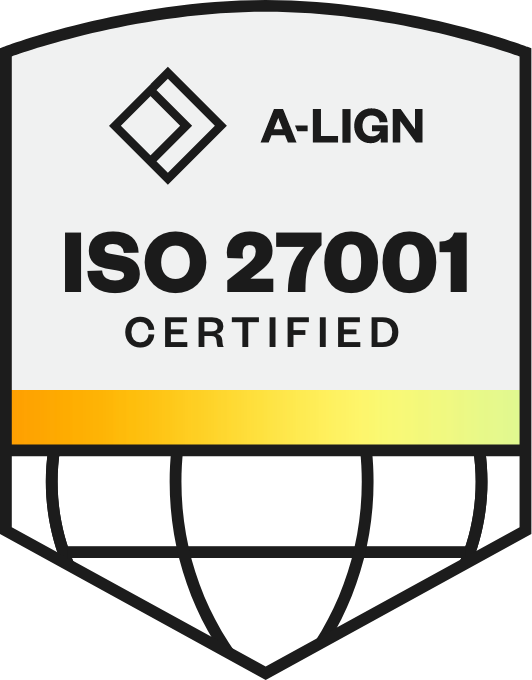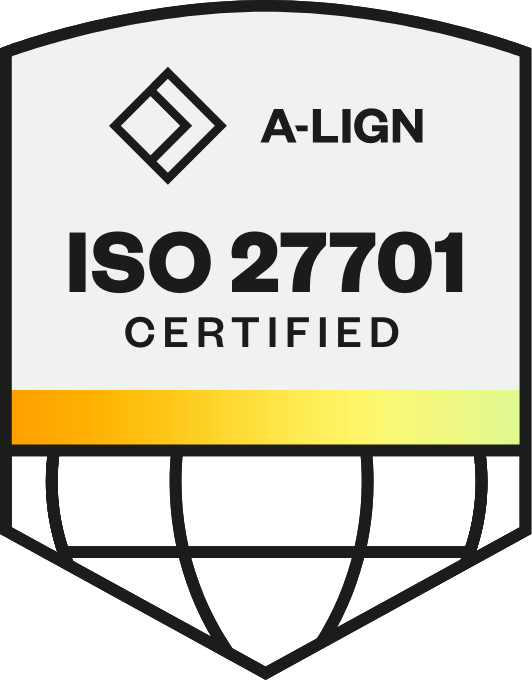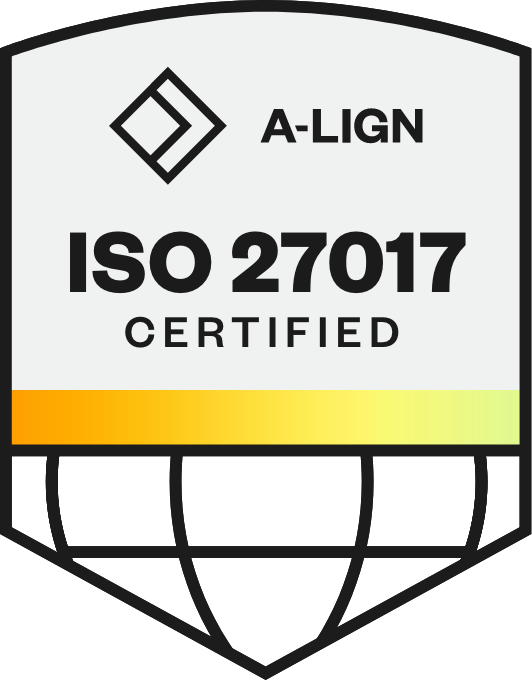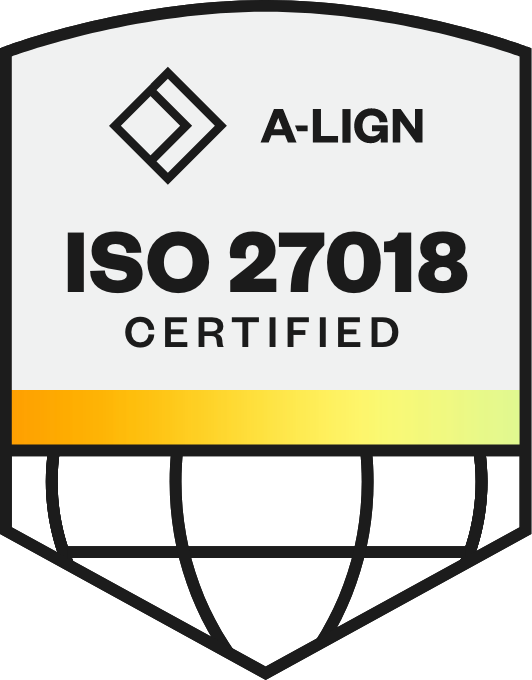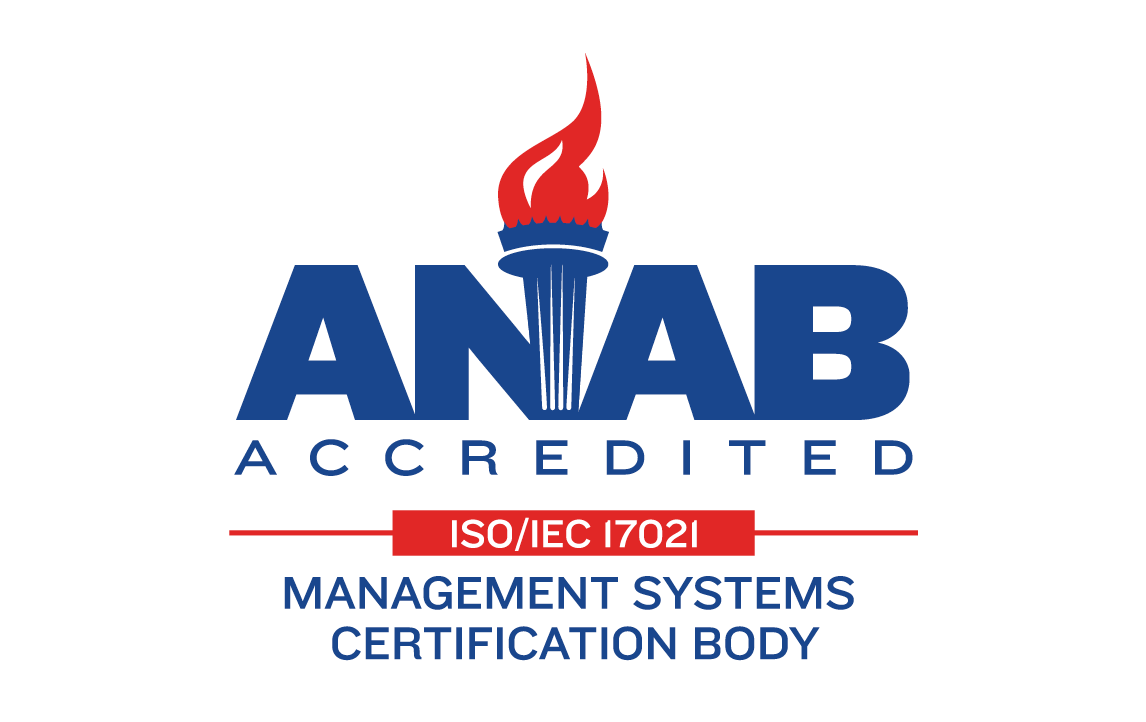
Why AI Tools Alone Don’t Make a Successful Meal
Imagine a modern, gleaming kitchen as a metaphor for AI technology. It’s got all the latest high-end gadgets, the best money can buy. All appliances are connected to wi-fi and link to a phone app. Now you’re ready to whip up Michelin-level gourmet meals, right?
Not so fast, say PwC Germany’s Alexander Pahl, Partner Workforce Transformation HR IT, and Jurgen Eckert, Director and EMEA Lead for HR AI. They contend that there is a parallel between a state-of-the-art kitchen and AI tech for HR because both require serious investment. They point out a disconnect among their clients as to what technology can realistically achieve. Clients are under the notion that simply buying the technology is the end game.
“This is where the discussion sometimes starts and ends at the same time,” said Jürgen. “Technology is a tool that needs to be used in the right way.” And he should know. His job is to guide clients through five components that are foundationally important for success — Strategy, Technology, Organization, Compliance, and Change.
This is an important message for HR practitioners to hear. McKinsey found that while 80% of enterprises are using AI, an identical percentage don’t see noticeable financial benefits.
So right-sizing expectations of what AI can and can’t do is critical to getting the most out of the technology.
Strategy as a cookbook
Keeping with the kitchen analogy, PwC Germany advises clients to formulate a strategy — a recipe — to guide them along. It's not only about the obvious HR strategy (growing internal mobility, for example). It's also about the HR IT strategy and the AI strategy (i.e. use cases).
What follows next is the firm’s top-down, bottom-up strategy, which involves prioritizing the different strategies. “This is, so to speak, our recipe, alignment with the strategy,” said Jürgen.
Platforms will be mainly used for payroll & other core functions
Alexander said clients are increasingly asking if it would be better to have a core system such as SAP SuccessFactors, Workday or Oracle, while using Phenom for talent acquisition and management.
Jürgen responded by noting that AI-native vendors have developed specialized capabilities in TA and TM, while established enterprise platforms have traditionally focused their strength on foundational HR end-to-end processes.
“So that's why we believe these platform solutions (SuccessFactors, Workday, etc.) will be mainly used for core topics, for payroll, for time management, while the talent acquisition and talent management part is (partially) being moved into AI platforms,” which come with certain advantages, Jürgen said.
Less system breaks (and thus reduced inefficiencies from disparate processes)
Less complicated from an integration perspective
“That's why these AI initiatives usually are brought in via the CHRO (chief human resources officer),” said Jürgen. “We even have some examples where the CEOs were the sponsor of these activities because they saw that it gets harder to find the right talent to keep the business running.”
From the recipe to ingredients
Could such a strategy — Workday or SuccessFactors as a core, with Phenom on the other side — yield a positive user experience?
“Absolutely,” said Jürgen. He points to 2024 when PwC Germany rolled out Phenom alongside SAP SuccessFactors Recruiting for themselves, dramatically changing processes for recruiters and the broader organization. The firm used to have a shared service center to handle candidate screening and other aspects of the hiring process. The center, which used to handle 150,000 applications a year, is no longer needed in his previous capacity now that Phenom’s applied AI and automation can easily handle the load.
“So less people are processing more candidates in less time,” Jürgen said.
Chopping onions (and other challenges that bring tears)
AI is more heavily regulated in Europe than anywhere else in the world, and that brings with it certain challenges, said the PwC leaders as they offered parting advice.
Clients can get tripped up trying to comply with a multitude of data storage and protection requirements. That explains why PwC Germany has focused legal experts with a strong command of EU laws to explain the dos and don'ts firm-wide. Jürgen said he’s seen AI projects fail because data protection legal experts didn't give their approval. So work with legal at the outset before undertaking any AI-related endeavors.
Also, beware of siloed approaches to AI. It doesn’t make sense to have five different parties on a project, with one responsible for technology and another person for strategy. “This needs to be extremely closely intertwined,” Jürgen stressed.
Unsure how to move forward with AI and automation?
Get The Ultimate AI & Automation Toolkit for HR
Get the latest talent experience insights delivered to your inbox.
Sign up to the Phenom email list for weekly updates!



